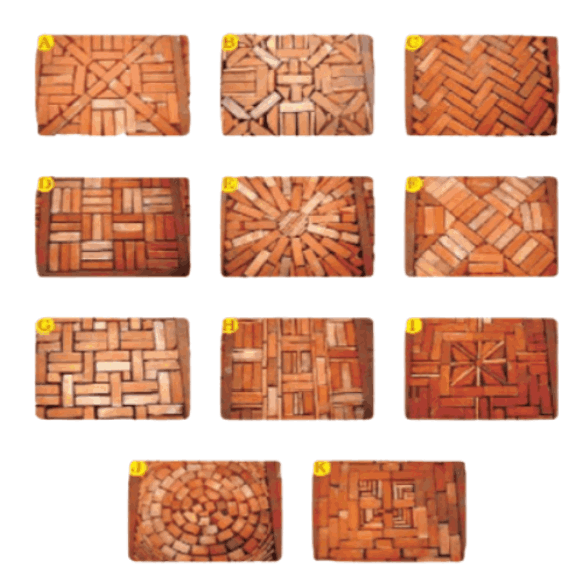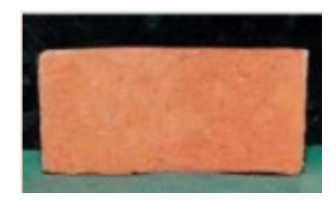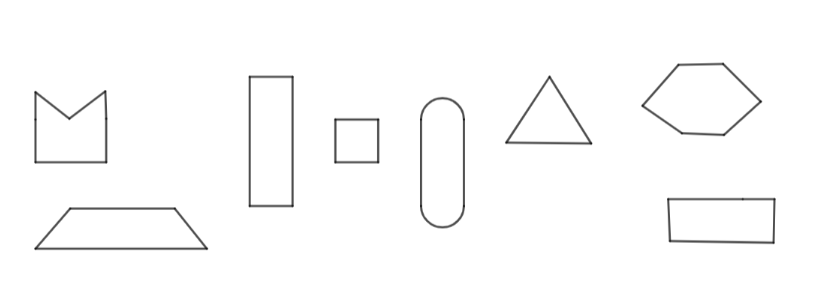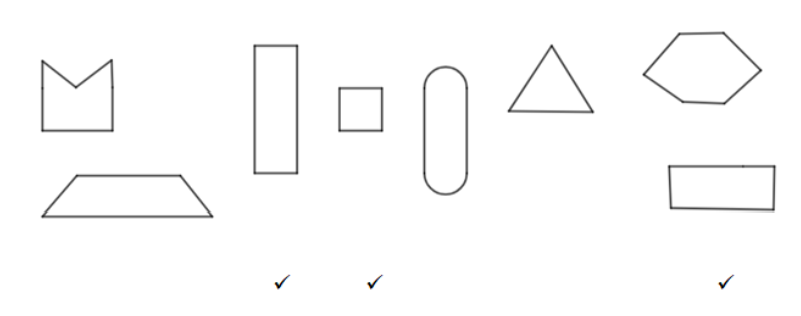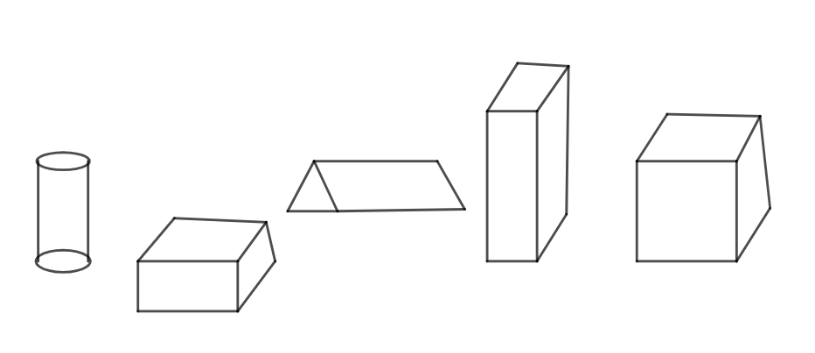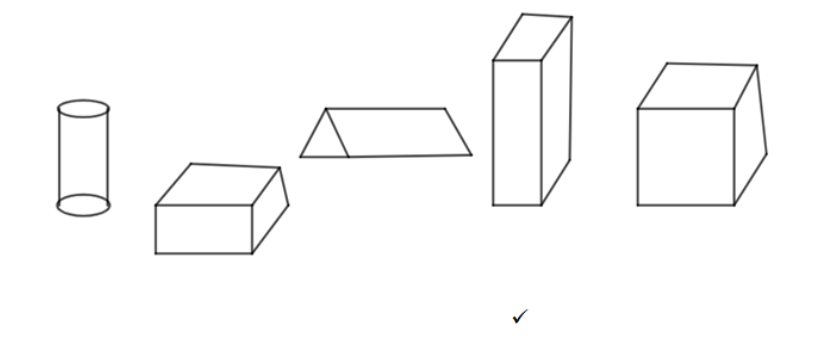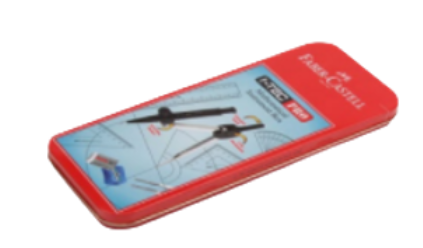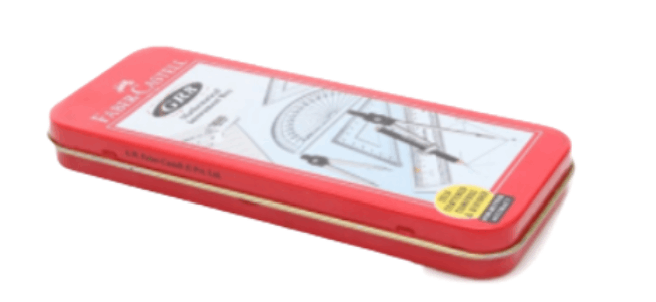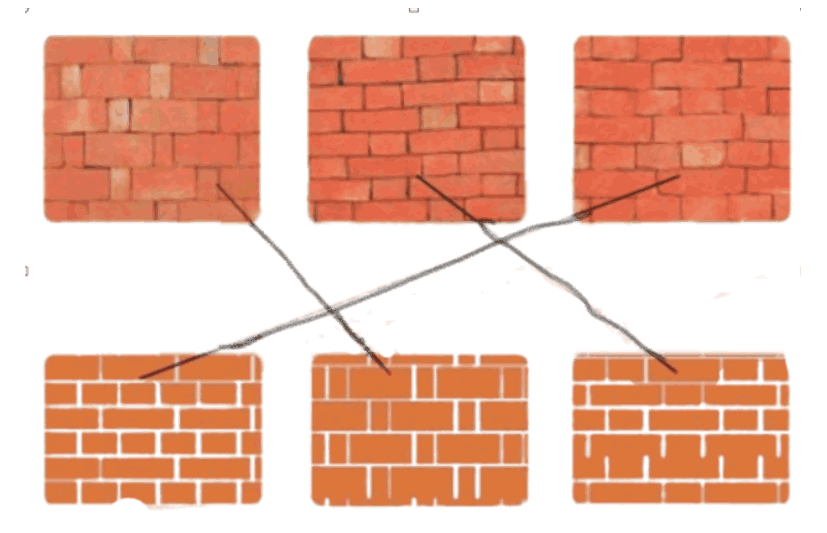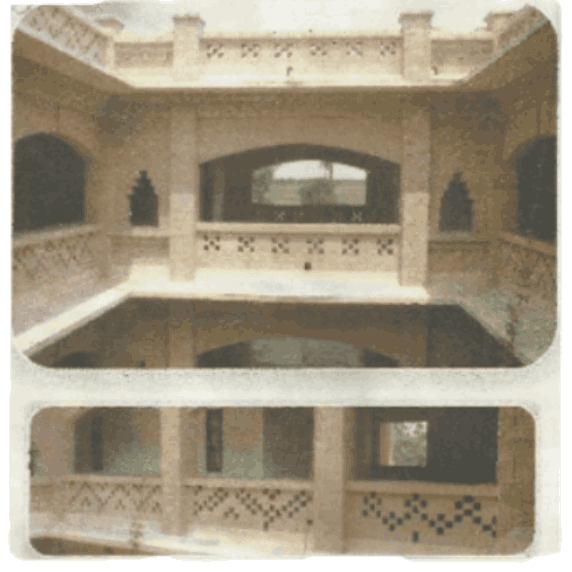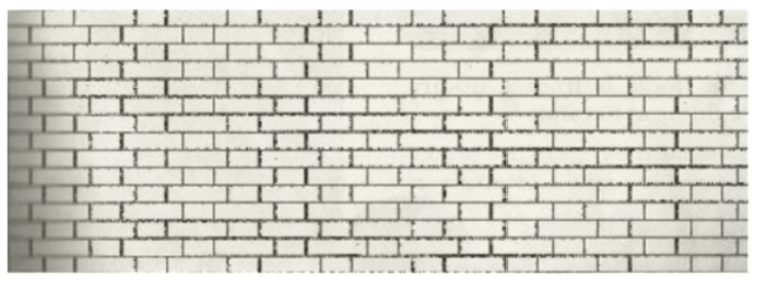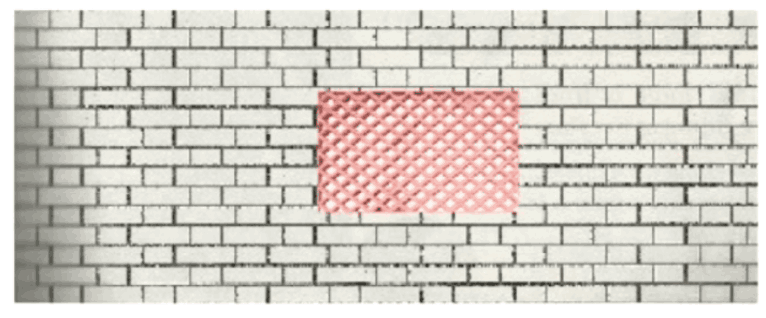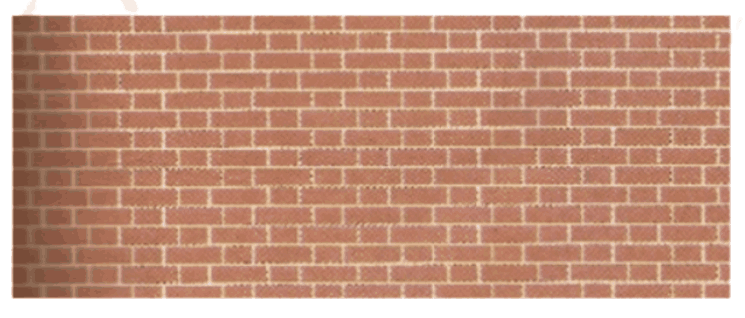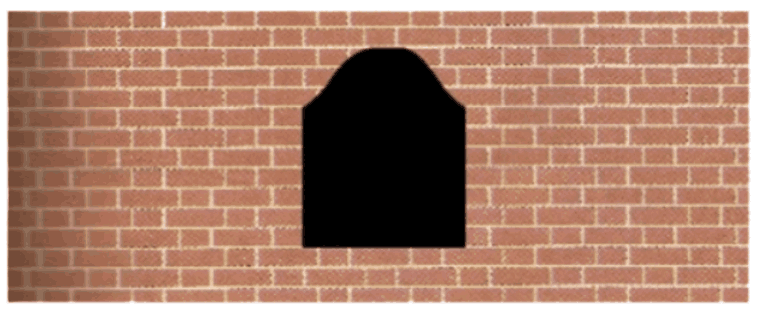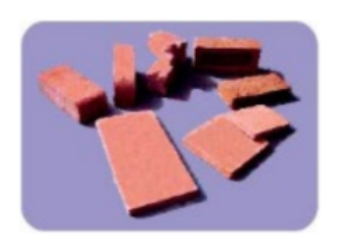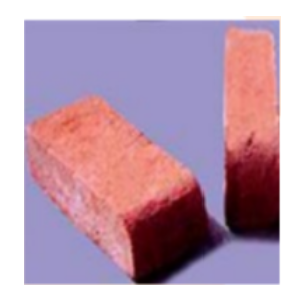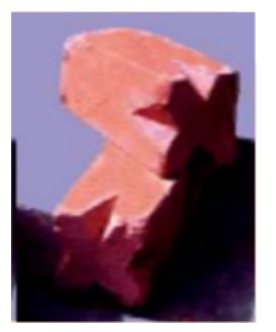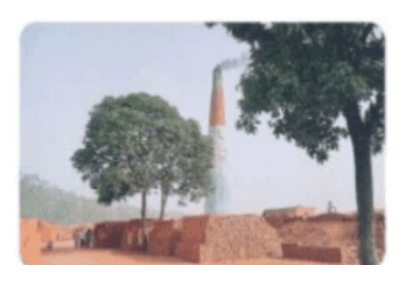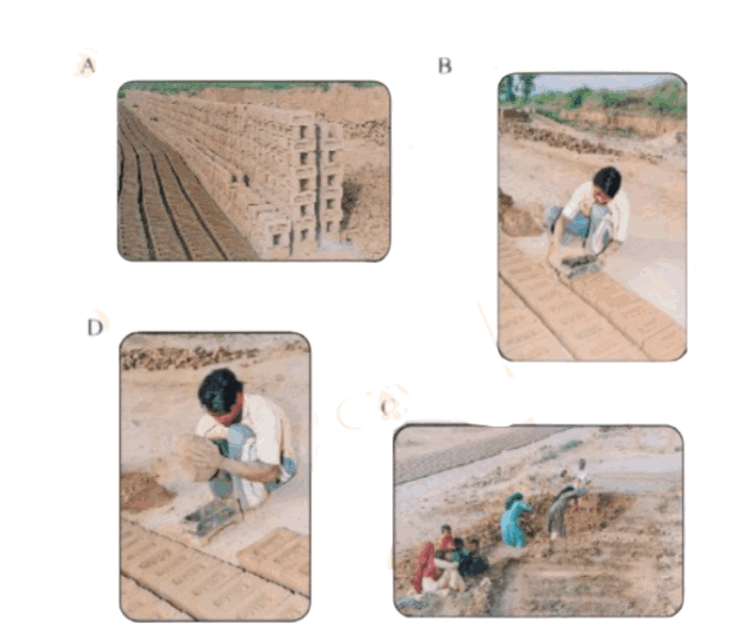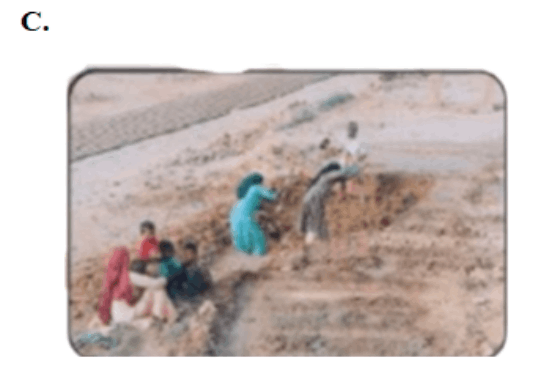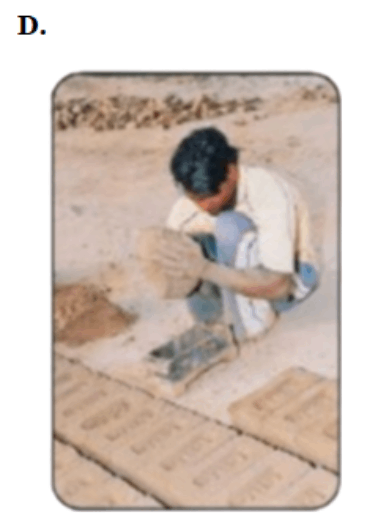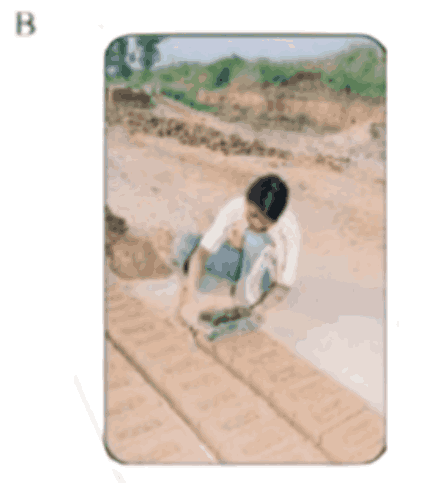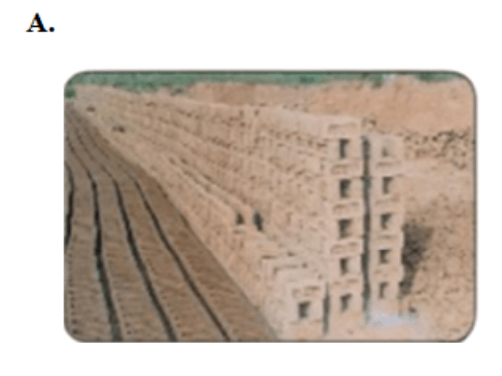NCERT Solutions for Chapter 1 Maths Class 4 Building with Bricks - Free PDF Download
FAQs on NCERT Solutions for Class 4 Maths Chapter 1 Building With Bricks
1. What are Some Simple Tricks to Count?
Using fingers to count is an old trick for beginners. Efficiency in the abacus may also help a lot in counting. However, the most important concept that helps a lot is multiplication tables. It is good to memorize the tables up to 20. Division by short method should be practised more and more.
Cross-verifying the result is also important such as subtraction, adding the difference with the number subtracted will give the original number. Carry forward and borrow should be calculated mentally to reduce the time taken. Splitting numbers into ones, tens, hundreds, and so on, and decimal places should be mentally marked properly in calculations.
2. What can you do When you are Stuck in Counting?
You may forget some of the borrows and carry while doing calculations involving large numbers. It is very important to find out the error quickly or else the counter will go wrong. The first thing to be noticed is whether the result you are getting is abnormal.
If yes, then stop calculating at that point, and go back one or two steps, and check the steps again.
If no error is found, go back right to the start of the problem and try to find any error if at all in the beginning part.
If again no error is found then go ahead and finish the problem.
Do not stop at halfway through a particular line of calculation, else you may forget the borrows carryforwards which you have taken.
3. What is the number system in Maths for Class 4?
A number system is used to express quantities through a given set of values. There are two number systems that we usually use, the Indian number system and the International number system. For more such solutions, download the NCERT Solutions Class 4 Maths Chapter 1 available on the Vedantu website (vedantu.com) free of cost. Get access to the full explanation of chapters, solved exercises, and other related questions. Practice the Solutions available in PDF to improve your performance.
4. How do you create a place value chart for Class 4?
In order to find the place value of a number, a place value chart can be used. In a place value chart, you create three columns - period, figures, and places. A period is divided into - ones, thousands, lakhs, and crores (from ascending order). Ones consist of three place values - ones, tens, and hundreds. Thousands consist of two place values - thousands and ten thousand. Lakhs consist of two place values - lakhs and ten lakhs, and crores consist of two place values - crores and ten crores.
5. What are the types of Number Systems?
There are two types of number systems that are used, the Indian number system and the International number system. In an Indian number system, the concept of ‘crore’ is used, whereas in an international system, ‘million’ is used instead of crore. 10 million (10,000,000) makes 1 crore (1,00,000). To get such similar solutions, you can download NCERT Solutions Class 4 Maths Chapter 1 available on the Vedantu website (vedantu.com) and the Vedantu app free of cost.
6. What is the Number Name?
A number name is a number written in words. For example, the number name for 22 will be twenty-two. It simply means writing a number in words. You can get all solutions to the exercise questions and more in the NCERT Solutions PDF for Class 4 Maths Chapter 1 on the Vedantu website (vedantu.com) and app free of cost. Solving and practising questions from this Solution PDF can help you in getting good scores on tests.
7. How to study Class 4 Maths Chapter 1?
You can easily complete NCERT Class 4 Maths Chapter 1 by solving the NCERT Solutions Class 4 Maths Chapter 1 available on the Vedantu website (veantu.com) and app free of cost. You will find solutions to all the questions that have been asked throughout the chapter. The solutions are easily explained and are very comprehensive. Practising these questions daily will boost your chances of scoring full marks in questions from these chapters in your maths test.

















